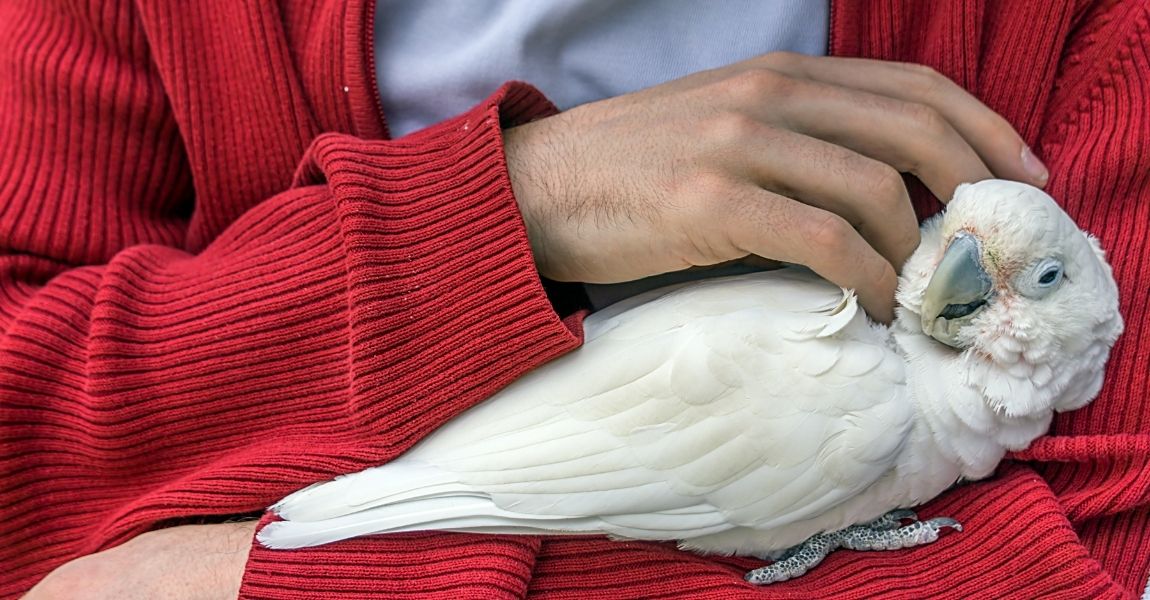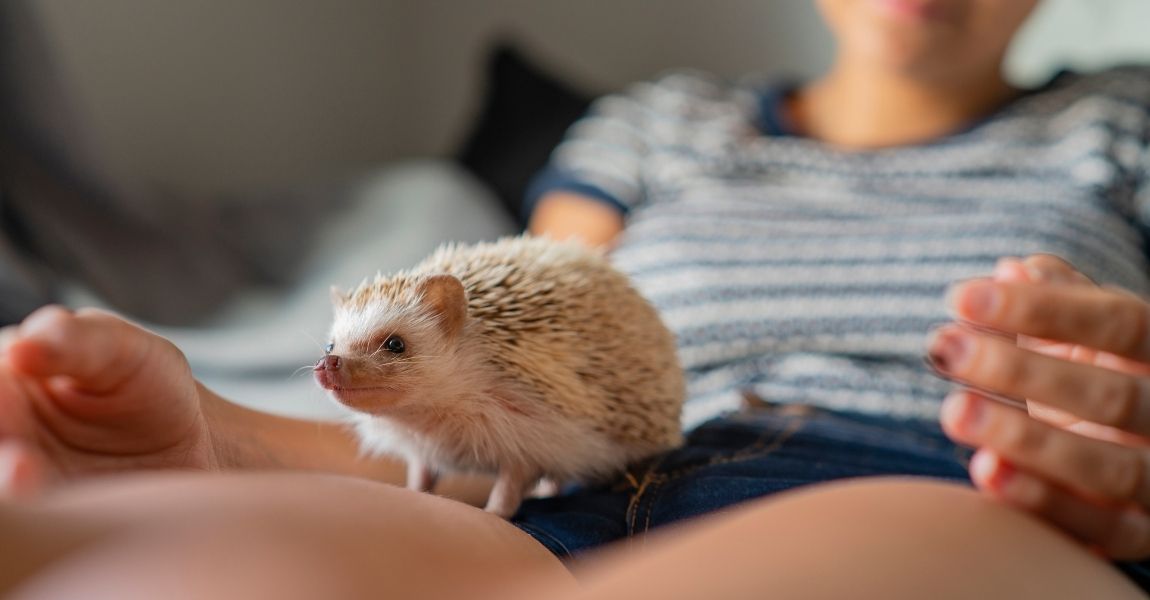Introduction:
Cockatoo parrots are intelligent, sociable, and charismatic birds that make wonderful companions. To ensure their well-being and happiness, it is crucial to provide them with a suitable enclosure that meets their physical and mental needs. In this article, we will provide you with a comprehensive guide on how to create the perfect enclosure for your pet cockatoo parrot, taking into consideration their space requirements, environmental enrichment, and safety measures.
Size and Layout:
Cockatoo parrots require spacious enclosures to move around and exercise. Aim for a cage that is at least 3 feet wide, 3 feet deep, and 4 feet tall (approximately 0.9 meters by 0.9 meters by 1.2 meters). Ensure the bars are appropriately spaced to prevent escape or injury.
Bar Strength and Material:
Choose a cage with sturdy construction and non-toxic materials. Cockatoo parrots are known for their strong beaks and can potentially chew through weak or unsafe cage materials. Stainless steel cages are often recommended as they are durable, easy to clean, and resistant to corrosion.
Perches and Climbing Opportunities:
Provide a variety of perches in different sizes and textures to encourage natural foot exercise and prevent foot problems. Opt for natural wooden perches of various diameters to promote foot health. Additionally, consider adding branches or platforms for climbing, offering your parrot opportunities for physical activity and mental stimulation.
Environmental Enrichment:
Cockatoo parrots are highly intelligent and require mental stimulation to prevent boredom and behavioral issues. Incorporate a range of toys such as puzzle toys, foraging toys, chewable toys, and interactive toys to keep your parrot entertained. Rotate the toys regularly to maintain their interest.
Access to Natural Light:
Place the cage in an area that allows your cockatoo parrot access to natural light. Exposure to sunlight helps in vitamin D synthesis and contributes to overall well-being. However, ensure that the cage is not exposed to direct sunlight for prolonged periods, as it can lead to overheating.
Safe and Nutritious Feeding Stations:
Provide multiple feeding stations within the enclosure to encourage natural foraging behaviors. Use sturdy food and water bowls that are easy to clean and replace. Ensure that fresh water is available at all times. Consult with an avian veterinarian to determine a balanced and nutritious diet for your cockatoo parrot.
Temperature and Ventilation:
Maintain a comfortable temperature range for your cockatoo parrot, generally between 65 to 80 degrees Fahrenheit (18 to 27 degrees Celsius). Avoid placing the cage in drafty areas or near air conditioning vents. Proper ventilation is also crucial to prevent stagnant air and potential respiratory issues.
Safe Surroundings:
Ensure that the immediate surroundings of the cage are safe for your parrot. Remove any toxic plants, household chemicals, or other potential hazards. Keep electrical cords and small objects out of reach to prevent accidents.
Social Interaction and Out-of-Cage Time:
Remember that the enclosure is not a substitute for social interaction. Cockatoo parrots thrive on human companionship and should have regular out-of-cage time for supervised exercise and mental stimulation. Provide a secure and supervised space where your parrot can explore and interact with you.
Conclusion:
Creating the perfect enclosure for your pet cockatoo parrot involves providing ample space, environmental enrichment, and safety considerations. By following these guidelines and considering the specific needs of your cockatoo parrot, you can ensure a comfortable, stimulating, and secure environment for your feathered friend. Remember to monitor the enclosure regularly and adapt it to cater to your parrot's evolving needs.





